Breaking
- MENU

Going by the Israeli media, it is clear that the arm-twisting by the Biden Administration forced the reluctant Benjamin Netanyahu to give up his earlier open-ended military response to Hamas rocket attacks.
After eleven days of fighting, Israel and Hamas had accepted a ceasefire which came into effect in the early hours of Friday. Going by the Israeli media, it is clear that the arm-twisting by the Biden Administration forced the reluctant Benjamin Netanyahu to give up his earlier open-ended military response to Hamas rocket attacks. How long will this ceasefire hold before another minor or major flare up? If the past is any indication, we are looking at only weeks and months and not years.
Though important, the ceasefire is only the first major step and is unlikely to be enduring without major shifts on all three sides; Israel, Palestine National Authority and Hamas. Contrary to Netanyahu’s claims, Israel is not a winner in this round, and its destruction of the military capabilities of Hamas has been marginal and will not be sufficient to deter another bout of violence. Some centre-right Israelis have started criticising Netanyahu for ending the conflict sooner, without tangible gains and for buckling under American pressures. The Likud leader’s ability to form a government would be undermined if these criticisms gain currency.
Two, the division between the Palestinian Liberation Organisation and the militant Palestinian group dating back to 1988 became acute and unbridgeable after the military takeover of the Gaza Strip by Hamas in June 2007. The militant group did everything in its power, often through violent attacks on Israel, to undermine the PLO and the PNA and was successful in denting the influence and standing of the mainstream Palestinian movement and leadership. Though costly in human terms, the recent conflict has enhanced the standing of Hamas among the Palestinians, especially in the light of the growing marginalisation of the PNA in the Arab world.
Three, despite initial scepticisms, President Biden managed to compel Netanyahu for an early and unilateral ceasefire, indicating continued American influence over Israel’s policy choices. But they need one another. If Israel’s strategic autonomy flows from the support of the US, President Biden needs Israel’s help if he were to avoid Obama’s legacy of alienating traditional friends of Washington.
Four, in some ways, the Gaza conflict puts the Israeli-Palestinian issue back on the American Middle Eastern agenda. Pressures from the European Union resulted in the Biden Administration prioritising the Iranian nuclear file over other issues. Several western capitals’ preoccupation with Iran came at the cost of the Palestinian issue. The Gaza conflict and the American desire to shore up the ceasefire should slow down the Iran track. Interestingly, Iran, the most hostile country against Israel, was silent during the Gaza crisis, and its proxy Hizballah was also restrained. Tehran did not want to complicate the Vienna talks. The removal and relaxation of sanctions are important for Iran than the Palestinian struggle and hence, it also reigned in the Lebanese militant group.
However, the most important and critical challenge for all the parties and the international community is the next step: Israeli-Palestinian negotiations. They are stalled for over a decade, at least since Netanyahu became prime minister in March 2009. The internal Hamas-Fatah and West Bank-Gaza divisions and periodic rocket attacks from the Gaza Strip enabled Netanyahu to sidestep the Palestinian question. Under President Trump, he managed to normalise relations with several Arab countries even without any progress on the Palestinian track. Like President Anwar Sadat in the 1970s, these countries prioritised their narrow national interests over the larger Palestinian statelessness.
The question is not on reviving the Israeli-Palestinian negotiation but its components and contours. The PNA and President Abbas are severely weakened by the Gaza conflict. Only substantial Israeli concessions in terms of territorial withdrawal, transfer of responsibilities and credible moves towards Palestinian statehood could improve the PNA’s standing among the Palestinians. While the PNA is too weak to impose conditions, its survival rests on the international community shoring up its political credibility; mere financial assistance to Palestinians will not be sufficient.
At the same time, no negotiations and agreements would be credible without Hamas. At one level, the militant Palestinian group is committed to the destruction of the State of Israel. The two-state solution that enjoys international support is anathema to the group that views the Palestinian question only through a narrow prism of Islamic history, claims and justification. In short, no peace is possible without Hamas, and no peace is also possible with Hamas. A true case of the devil and the deep sea.
One possible way out could be to bring Hamas within the fold of PLO and the PNA. This would shore up the PNA while diluting the ideological rigidity of Hamas. Unless there is an imaginative approach towards and by Hamas, the current ceasefire over Gaza will not last long.
Note: This article was originally published in Financial Express on 24 May 2021 and has been reproduced with the permission of the author. Web Link
As part of its editorial policy, the MEI@ND standardizes spelling and date formats to make the text uniformly accessible and stylistically consistent. The views expressed here are those of the author and do not necessarily reflect the views/positions of the MEI@ND. Editor, MEI@ND: P R Kumaraswamy
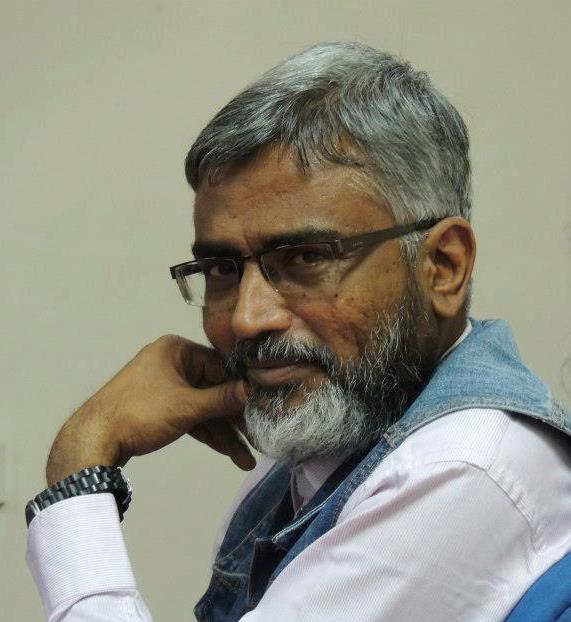
Professor P R Kumaraswamy is Honorary Director of MEI@ND.

When peace is viewed as ‘surrender’, there is little one can accomplish. Without an effe.....

The magnitude of the missile attack on Israel carried out by Iran in the early hours of Sunday was u.....
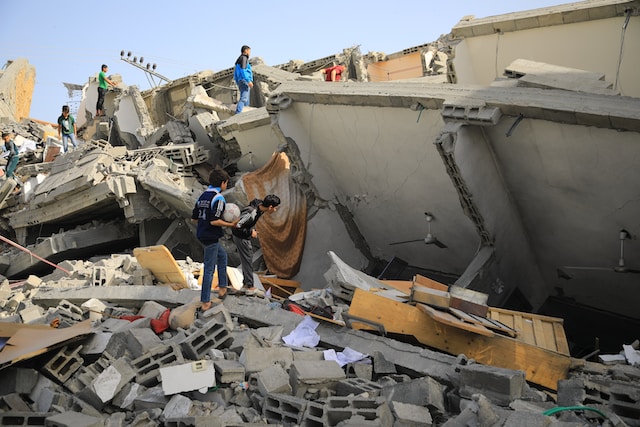
While the details are still emerging, the Hamas attacks from the Gaza Strip on Saturday were well pl.....
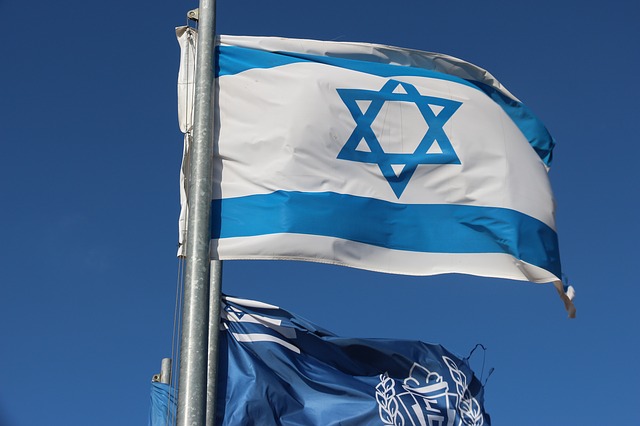
The Libyan controversy reminds us of the more significant problem facing Israel. While the scale and.....
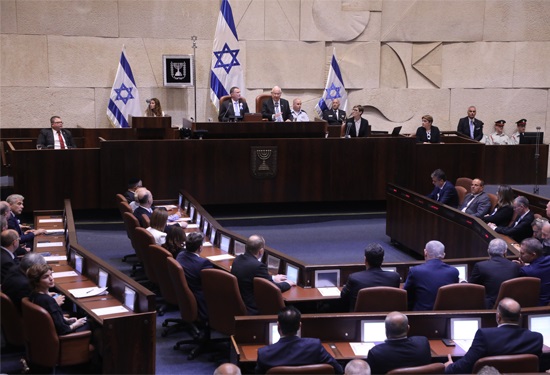
64-0! It should be an impressive vote in any country, especially in Israel, where a simple parliamen.....
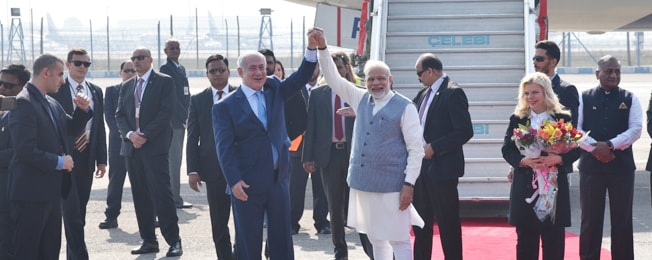
King Bibi is back! After one year in the Opposition, Benjamin Netanyahu, a close friend of Prime Min.....
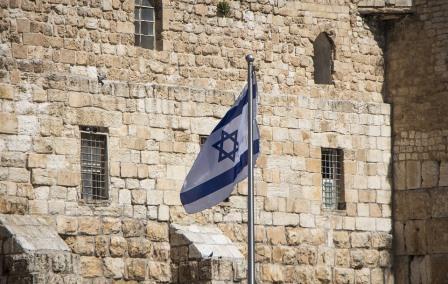
Political instability is an integral and inseparable part of Israel’s landscape. For the fifth.....

Even by the Israeli standard of coalition fragility, the Bennett-Lapid government, which completed o.....
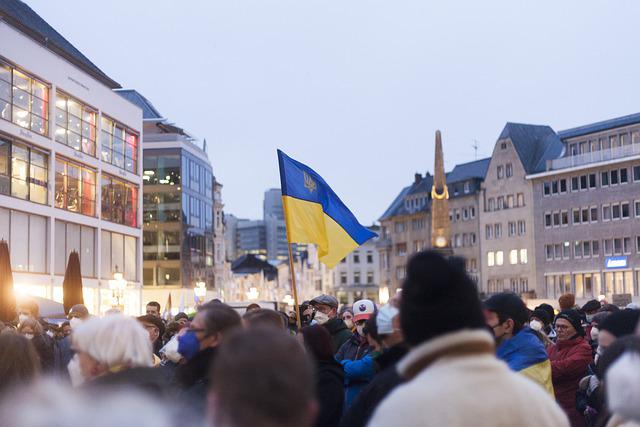
Soon to enter its fourth month, the Russian invasion of Ukraine has made irreversible damages to glo.....
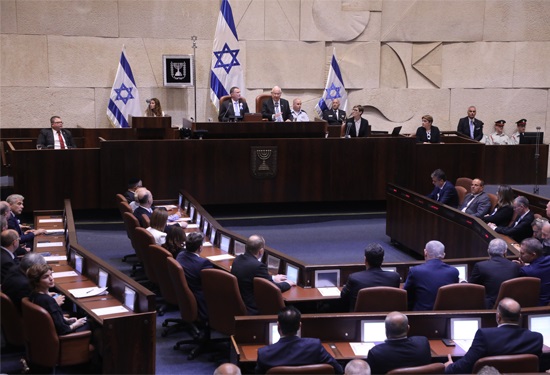
The visit of Israeli Prime Minister Naftali Bennett to India scheduled for last week had to be cance.....
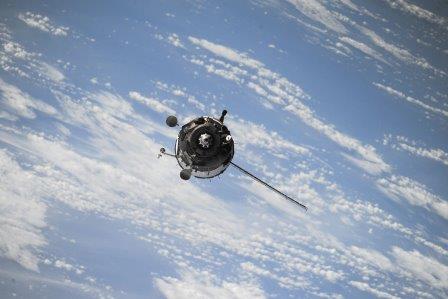
The drone attack on Abu Dhabi on Monday (January 17) by the Houthi rebels marks a major escalation o.....
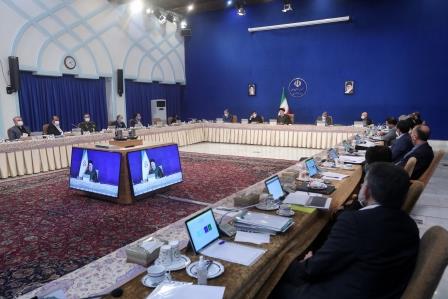
Of late, Israel-Iran shadow-boxing has been getting ominous. If Israel’s diplomatic offensive .....

In early November, Moscow hosted Mohammed Dahlan, a former right-hand man of Palestinian leader Yass.....
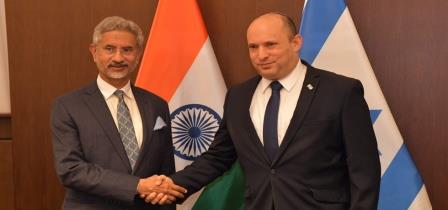
Nearly three decades after Prime Minister P V Narasimha Rao broke from the past and normalised relat.....
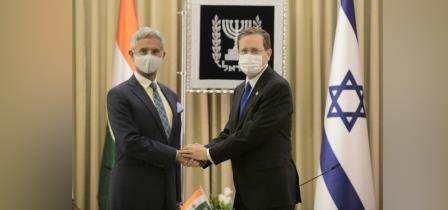
Earlier it was Pakistan and now China. So whatever India does and does not do externally has to be l.....

In several ways, the Taliban takeover of Afghanistan can be a game-changer in India’s worldvie.....
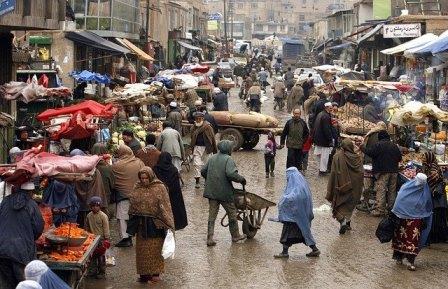
The Taliban takeover and its fallout exposed the limited diplomatic space for India in its immediate.....

Given the travel restrictions, local lockdown and sluggish economic revival, that over three lakh pe.....
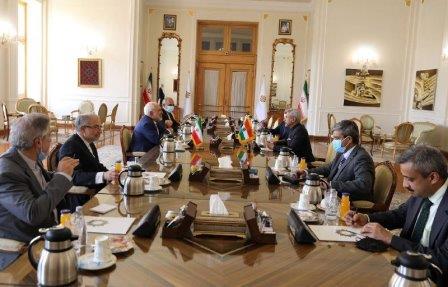
Since 2005, some critical decisions over Iran have been taken by the MEA’s US Division. So que.....
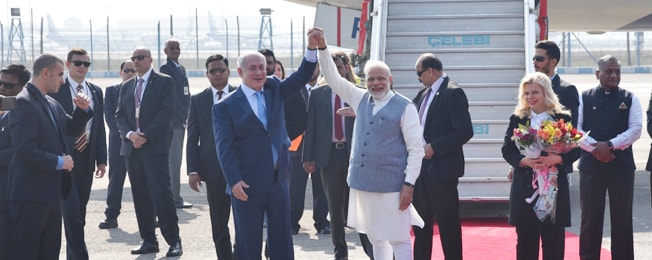
“Bibi dethroned”. This is the expression used in the Israeli media to describe the forma.....
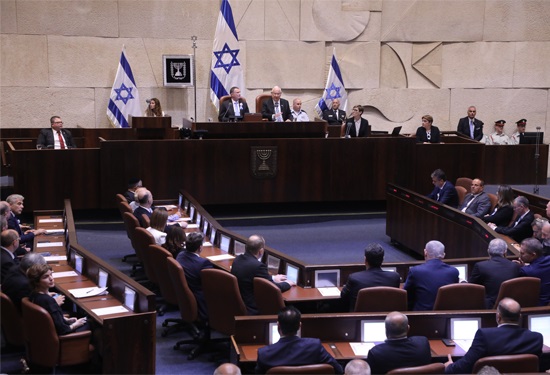
Despite having a woman prime minister in Golda Meir, female political representation in Israel has n.....
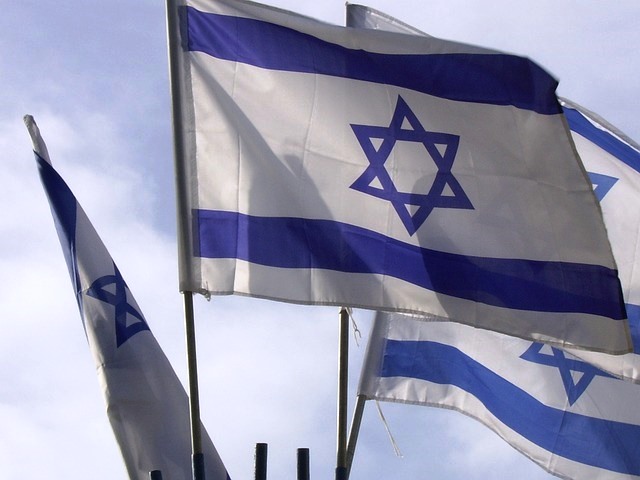
The most interesting aspect of the new Bennett-Lapid government in Israel is the emergence of Mansou.....
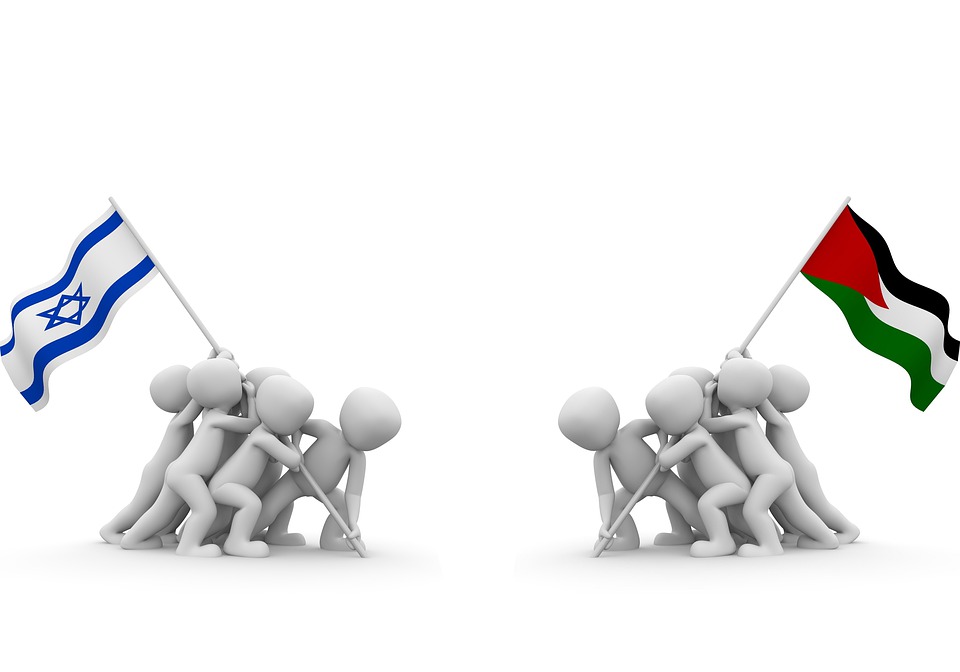
When it comes to mediating international crises, India’s track record is a mixed bag. In recen.....

Indeed, Hamas is better placed today than it was in January 2006 and the current round of violence i.....

While the international community wants de-escalation and an early end to the conflict, the chances .....
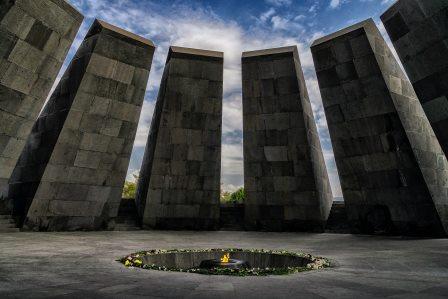
Ending the past silence, US President Joe Biden marked the Armenian Genocide Remembrance Day of Apri.....

The visit of Foreign Minister of Bahrain Abdullatif bin Rashid Al Zayani to India during 6-8 April r.....
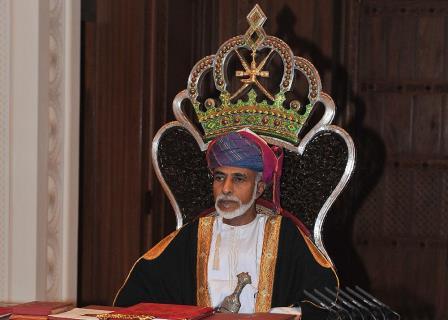
By posthumously bestowing the Gandhi Peace Prize for 2019 upon Sultan Qaboos of Oman, New Delhi seek.....
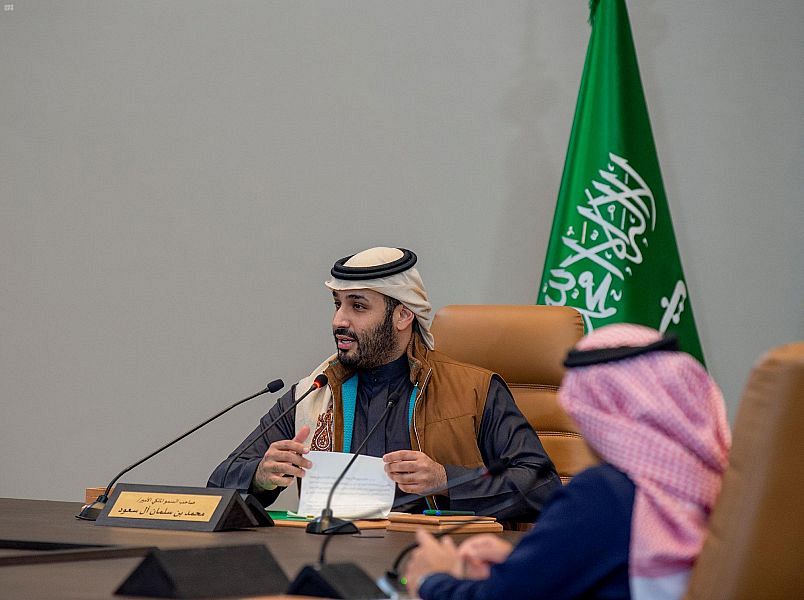
Much to the displeasure and discomfort of Saudi Crown Prince Mohammed bin Salman (more widely known .....
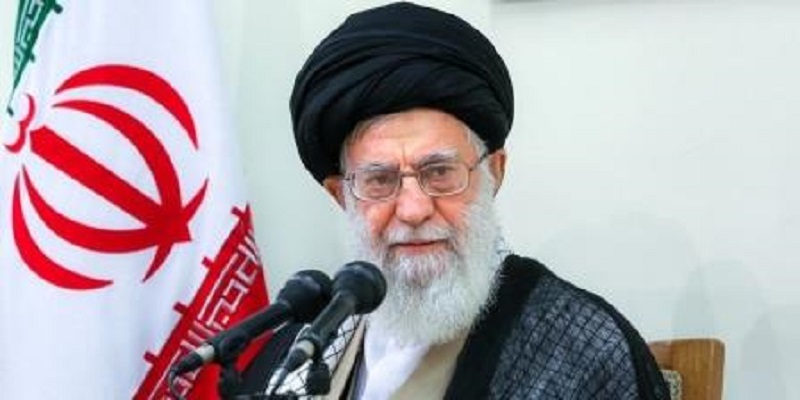
The nomination of Robert Malley, a veteran hand in Washington policy circles, as the Special Envoy f.....
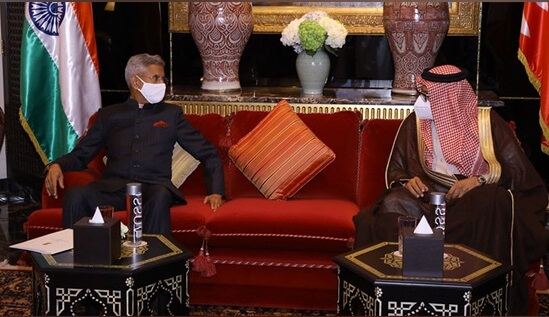
The two-day visit of External Affairs Minister S Jaishankar to the United Arab Emirates last week is.....
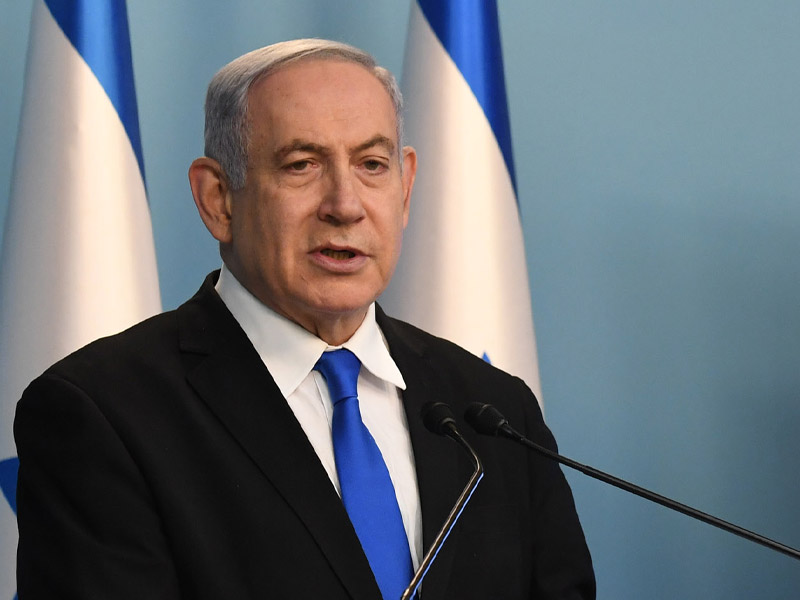
United Arab Emirates’ (UAE) decision to normalise relations with Israel is the most dramatic e.....
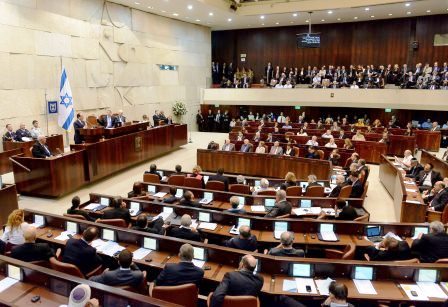
Declaring victory moments after the polling ends has become the hallmark of Benjamin Netanyahu; and .....

Israel went to polls for the 23rd Knesset on 2nd March. The third parliamentary elections within one.....
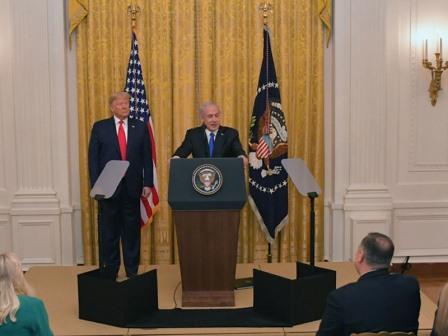
With possible removal from office hanging over their heads, US President Donald Trump and Israeli Pr.....
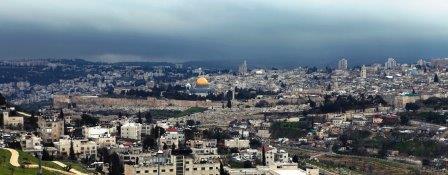
US Secretary of State Mike Pompeo’s sudden and unexpected announcement regarding Israeli settl.....
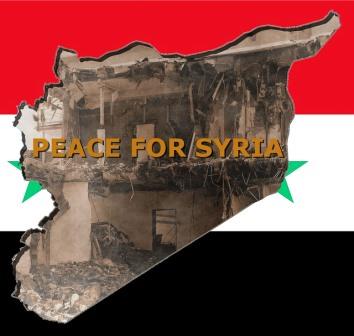
US President Donald Trump’s decision on imposing sanctions on Turkey has rocked the ever-turbu.....
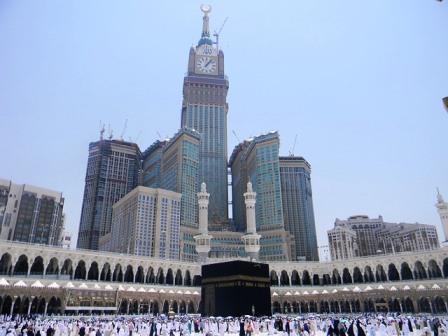
Prime Minister Narendra Modi’s two-day visit to the Kingdom of Saudi Arabia this week highligh.....
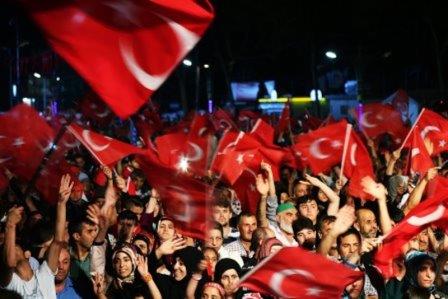
Prime Minister Narendra Modi's reported decision to postpone a planned visit to Turkey comes a c.....
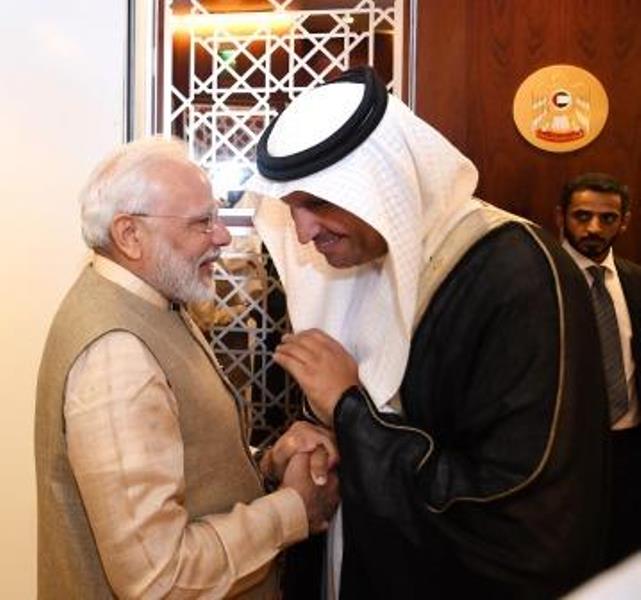
With the sole and notable exception of Pakistan, India's relations with the wider Islamic world .....
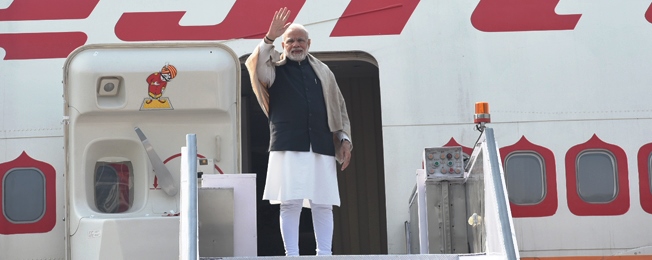
For a long time, India’s relationship with its extended neighbourhood in the Persian Gulf was .....

The Israeli legislative or Knesset election last week has turned out to be a rerun of the 9 April on.....
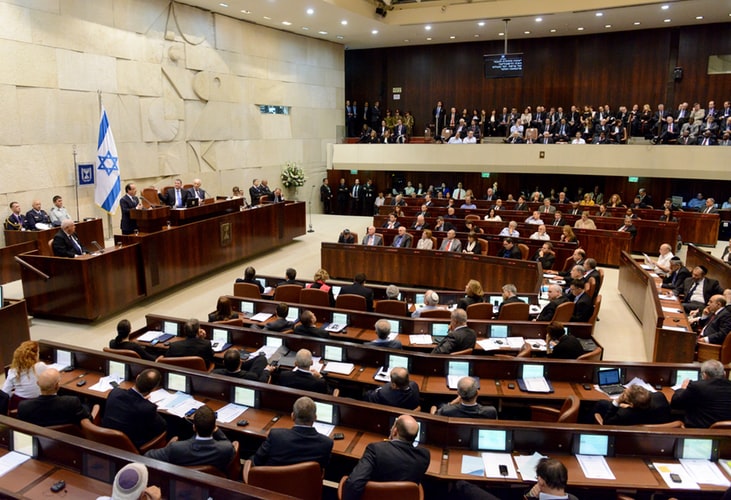
Will 2019 see a third Knesset election? This question is going rounds in Israel as it faces the seco.....
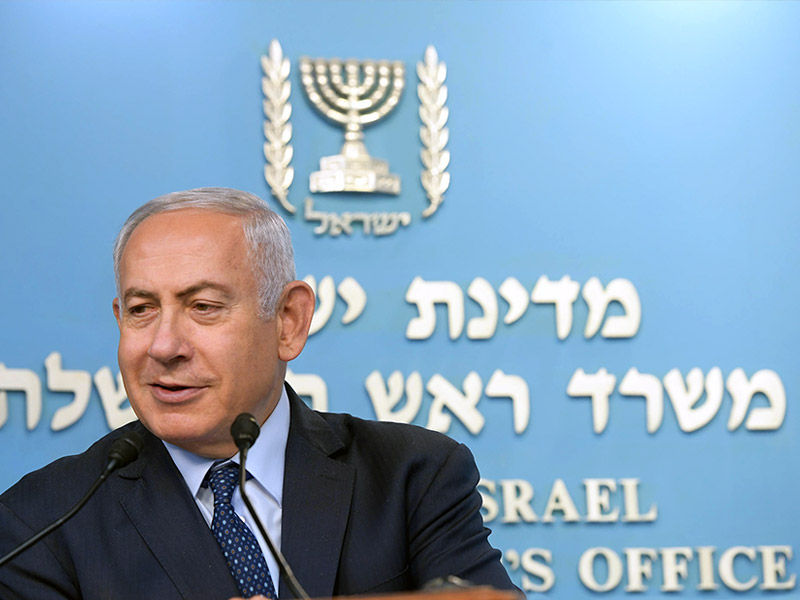
When he called Indian Prime Minister Narendra Modi to congratulate on his re-election with a landsli.....
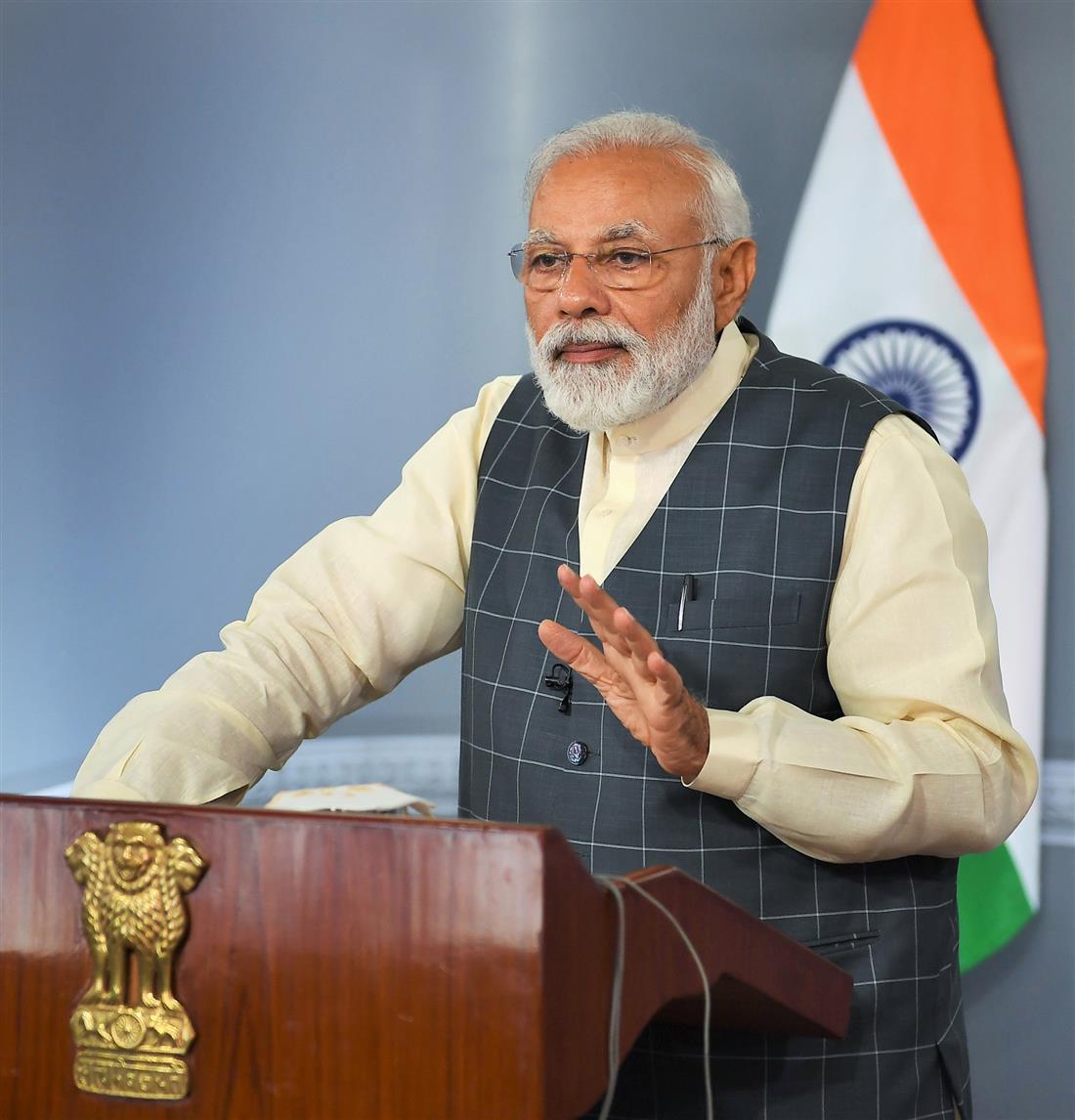
The resounding re-election of Prime Minister Narendra Modi is a blessing for India's relat.....
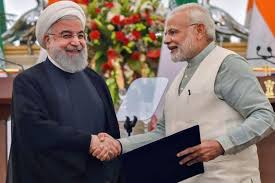
Iran is back in the news and for all the wrong reasons. It has been the unnecessary third .....
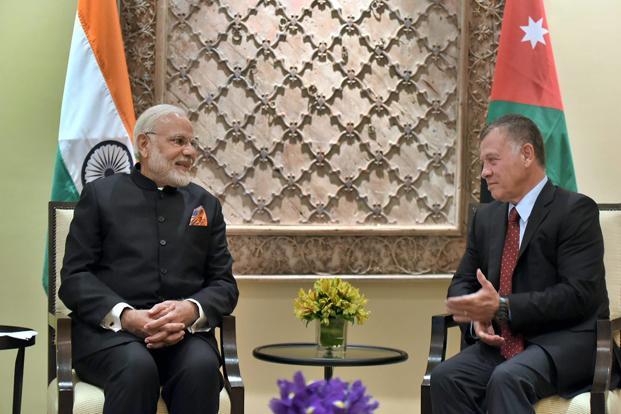
During the close to a century of its existence, the Hashemite Kingdom of Jordan has been, as former .....

In their eagerness to focus on and flag the de-hyphenation of the traditional Israel-Palestinian bin.....
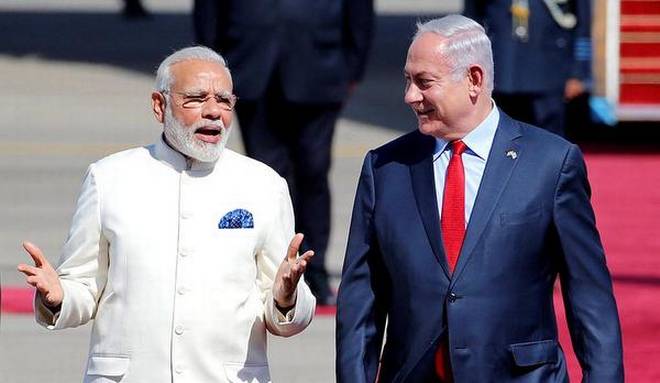
In the closely scrutinised India-Israel relationship, there is little in the public domain that rema.....

You know what, it will go to the dustbin’ my articulate friend was blunt, brutal but.....

Balfour Declaration, A Century Later If one were to make a list of the most influential.....
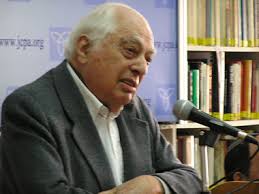
Professor Bernard Lewis—a towering personality on the Middle Eastern academic landscape—.....

B orn in Poland on 2 August 1923, Szymon Persk who later Hebraised his name as Shimon Peres was the leader.....
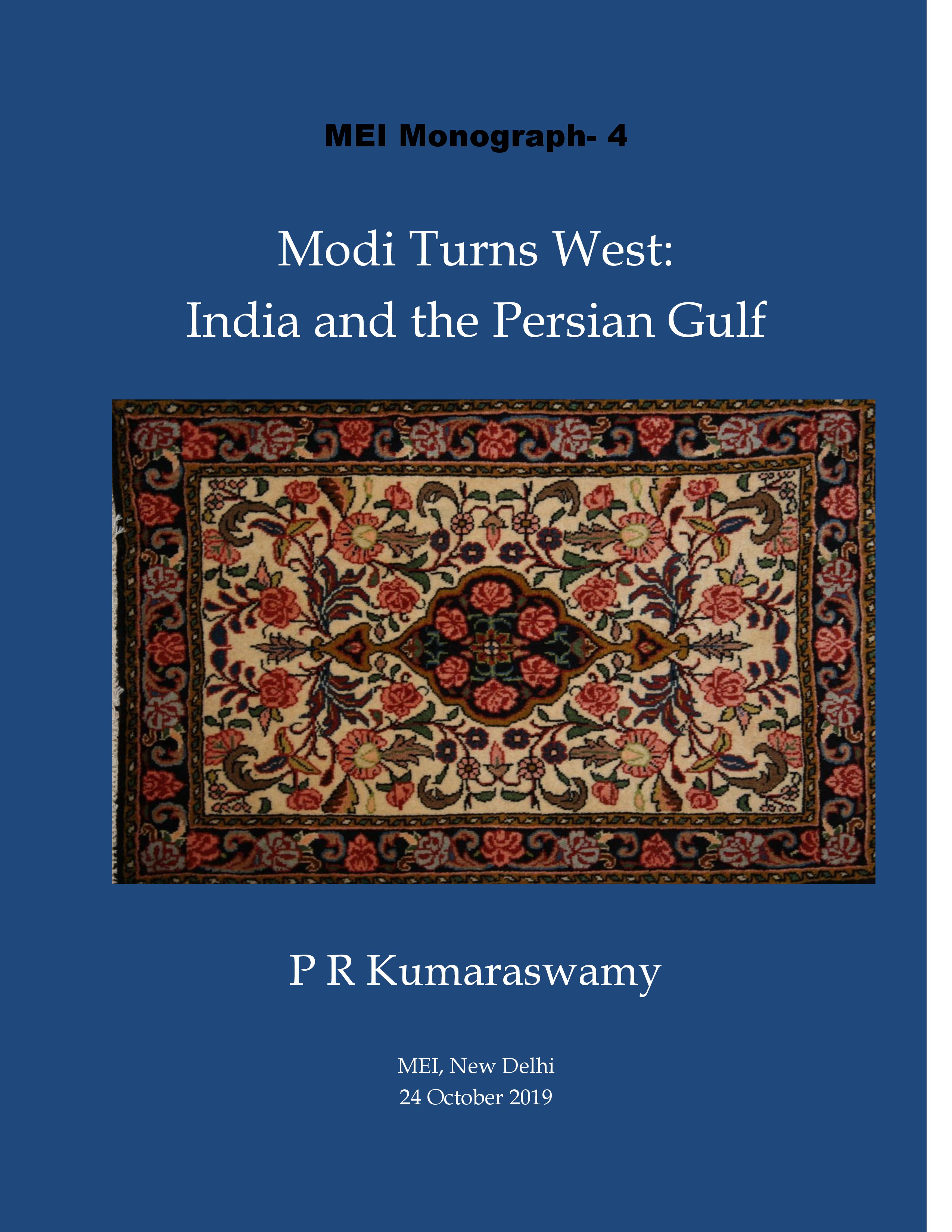
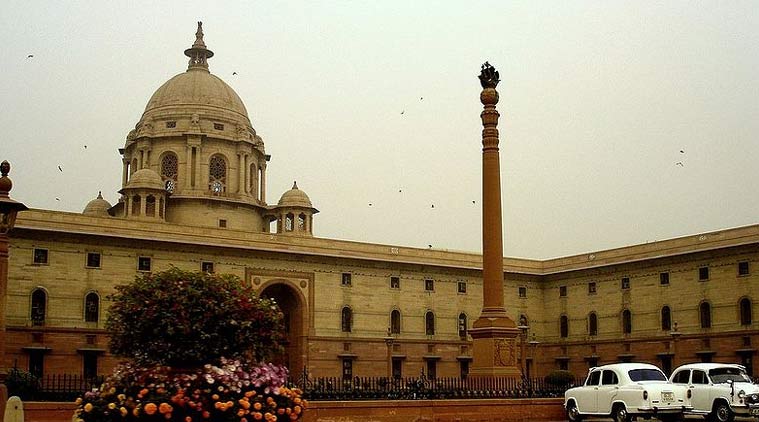
W hat What began as a protest by a marginalized vegetable vendor in Sidi Bouzid in Tunisia soon spread lik.....
